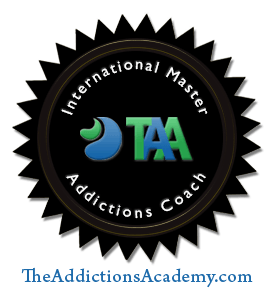A generation of men struggling with pornography
A long-overdue movement calling attention to the dangers of internet pornography to our youth is gaining momentum. Unfettered access to pornography is teaching our kids unhealthy lessons about sex and relationships. The average age of pornography exposure in the US is 12 years old, and the sexual content they are exposed to normalizes sexual behavior that is abusive, unpleasant, or painful to many, including those being filmed. Compulsive, problematic pornography use is an issue for our teens. Sexaholics Anonymous teen meetings are gradually increasing in number. For many, pornography’s damage is eye-opening. However, society has already seen the effects of internet pornography on adults. An entire generation of adults lived their late adolescent years when the internet and internet pornography gained widespread use. I am a part of that generation.
I am 50 years old. My generation saw the barriers to pornography indulgence vanish. Before free online pornography existed, one had to rent videos through cable companies' on-demand services or venture out of one’s house to the local video store, adult “bookstore”, or adult theater. If one was heading to a video store to rent adult content, here were the barriers to overcome:
- Have a good excuse to leave the house.
- Sneak your way into the adult section of the video store or sneak into an adult establishment and pray no one you know saw you.
- Browse the selection of videos without making eye contact with anyone else there (and there was always someone else there).
- Make the walk of shame to the checkout counter and deal with the checkout awkwardness.
- Sneak out of the store and, once again, pray no one saw you.
- Sneak the video home and make sure no one else in the house saw what you had rented.
- Return the video to the store when done, once again, hoping no one catches you returning the video to the video store or entering the adult bookstore.
Watching pornography was an event with many barriers and, except for the truly determined, didn’t happen regularly. While pay-per-view reduced the physical and emotional obstacles to watching pornography by bringing it into the home, there was no free pornography before the Internet. The videos rented through pay-per-view also appeared on one’s monthly cable bill, and the cable company ensured the embarrassing titles were visible to all who reviewed the bill. The pornographic content on pay-per-view was also tame by internet pornography standards. Therefore, pay-per-view still had barriers.
The internet changed all of this. My generation experienced a new pornography frontier with no rules of engagement or an understanding of the dangers the experience posed. My generation became subjects in an experiment that analyzed the impact of free, easily accessible pornography on the masses. There were no longer any physical barriers to watching pornography. While shame was still a part of the experience, the level of shame (at least for people I talked to) was initially less and easier to push aside. Ultimately, the internet created a candy store of visual sexual content, indulging one’s every sexual desire, seemingly without consequences. Moreover, we entered adulthood at a time when pornography was gaining acceptance in mainstream society. The messages I heard about pornography included:
- Pornography empowers women.
- Pornography helps men achieve sexual stamina.
- Pornography helps educate the masses about sex and sexual techniques.
- Pornography can teach men how to satisfy a woman in bed.
- Celebrities openly talked about their pornography use and celebrated their usage.
There seemingly were no reasons not to watch pornography. However, as the decades passed, the damage caused by internet pornography became clear.
Patrick Carnes calls the internet “crack cocaine for sex addicts.” The internet both expedites the speed of sex addiction development and intensifies the addiction. The internet allows one to watch pornography for hours a day in secret without cost. We know that for one struggling with a substance use disorder, drug use loses its effect at a certain dose, and increased doses or new drugs must be explored to approach the desired level of satisfaction. The same is true for pornography. Once specific pornography content loses its effect, someone with problematic pornography use starts looking for more intense and extreme sexual imagery, even if that imagery isn’t inherently arousing to the person. This behavior can be very disconcerting for the viewer. Oftentimes, I hear people comment about watching disturbing sexual content, but they keep watching because of the need for more intense content to achieve sexual satisfaction. The dampened shame from the “early pornography watching years” gives way to overwhelming shame as the amount of pornography viewed and the intensity of the sexual acts portrayed increase.
I routinely talk to men my age who are either struggling with or recovering from pornography addiction. The story I hear frequently follows the same pattern and ends with catastrophic results:
- “I found pornography as a teen, and when it hit the internet, it was like a pornographic explosion; I couldn’t stop.”
- “I started watching for 30 minutes a week, then several times a week, then daily, then an hour each day, which became 4 hours and then all night, every night.”
- “I devastated my wife and my kids. I lost all of their trust.”
- “I lost my career because of my acting out.”
- “Over time, the pornography I was watching wasn’t enough. The stuff I was watching got more intense and extreme. Eventually, pornography led to chat sites, which led to meeting people in person. I was out of my mind.”
- “I was arrested for watching illegal stuff online. It all started with pornography when I was in college. The internet was new then and changed the game. That gradually led to more intense and extreme pornography, which led to finding stuff I shouldn’t have been watching and really didn’t even care for. But it was the shock and intensity that hooked me in.”
I recognize that the pornography industry is an easy scapegoat for addictive behavior. It’s easy to blame pornography for one’s unhealthy and destructive choices. Everyone is responsible for their own actions, must take ownership of their behavior, and accept the consequences; no one is forced to watch pornography or continue along the path of damaging behavior. Nevertheless, Internet pornography is effortless to use and easy to hide, which makes developing a pornography addiction easy and overcoming it challenging, especially when one’s usage is decades old and was sprinkled with messaging that encouraged use without understanding the potential dangers. We now know what pornography is doing to our youth and are talking about it. Let’s also remember what it has done to our adults.
Kenneth Markowitz, MD, IMAC

